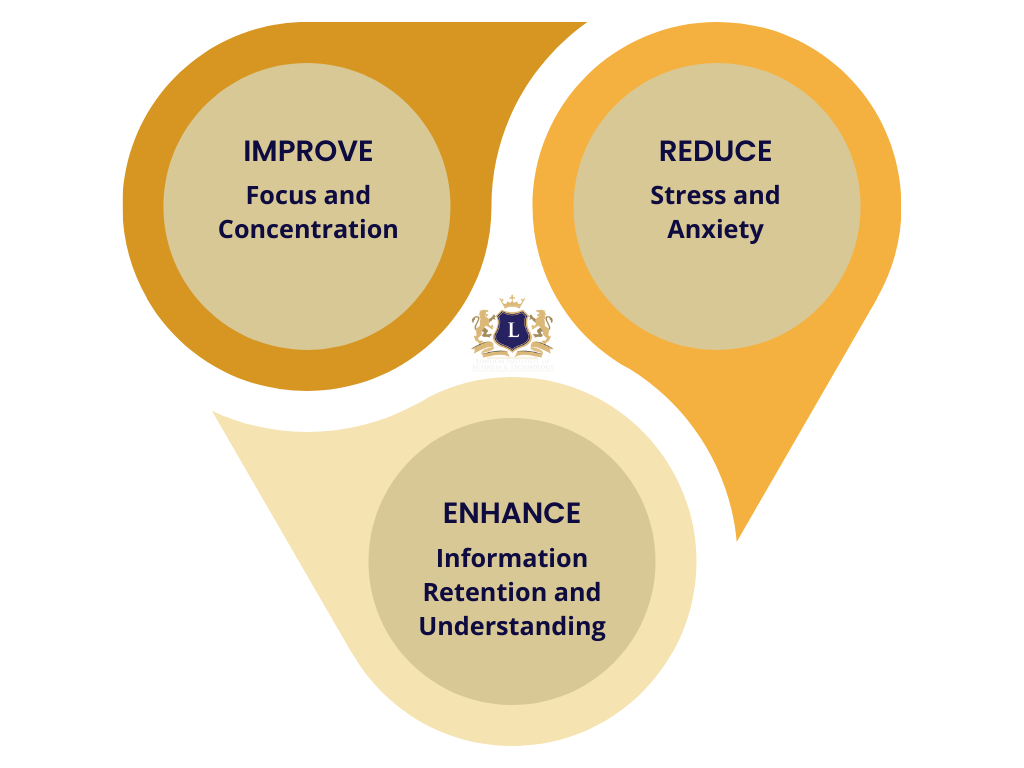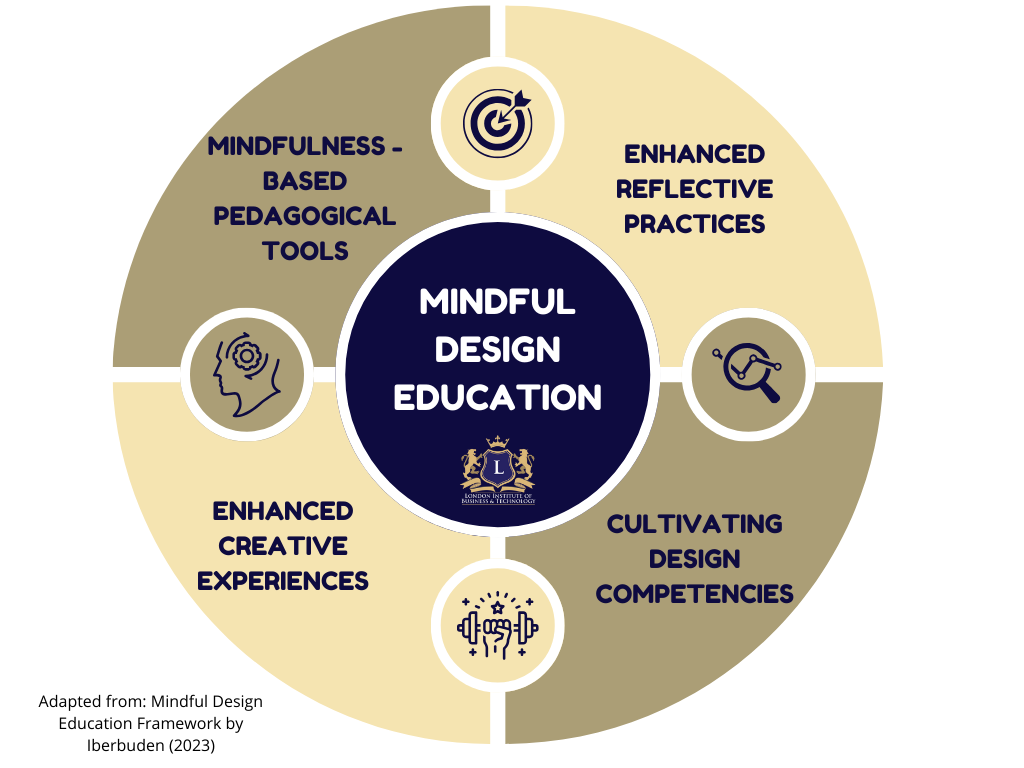In the last few years, higher education has changed a lot, especially with the growth of online learning. This change in how we use technology for education has not just changed how we teach and learn but also shown how important it is to include mindfulness and mental health in education. Mindfulness and mental health are becoming more and more important in online education, helping to solve the special problems that students learning from home face.
The Rise of Online Higher Education
The global pandemic accelerated the adoption of online learning, offering flexibility and accessibility to learners worldwide. However, this mode of learning also brought to light various challenges such as isolation, lack of engagement, and the blurring of work-life boundaries. These challenges have underscored the importance of incorporating mindfulness and mental health strategies into the curriculum.
Understanding Mindfulness in Education
Mindfulness, the practice of being fully present and engaged in the moment, can be a vital tool in an online learning environment. It helps students to:
- Improve Focus and Concentration: Mindfulness practices can enhance a student’s ability to concentrate on their studies, vital in a setting filled with digital distractions.
- Reduce Stress and Anxiety: Regular mindfulness exercises can lower stress and anxiety levels, which are often heightened in self-paced, solitary learning environments.
- Enhance Retention: By fostering better concentration, mindfulness can aid in improved information retention and understanding.

The Importance of Mental Health Awareness
Mental health issues can significantly impact a student’s ability to learn effectively. Online learners, who often juggle education with other responsibilities, can be particularly susceptible to mental health challenges such as:
- Loneliness and Isolation: Without the physical presence of classmates and instructors, online learners can feel isolated, impacting their mental well-being.
- Burnout: The absence of structured schedules can lead students to overwork, leading to burnout.
- Anxiety and Depression: The pressure of self-directed learning, along with personal and professional responsibilities, can contribute to anxiety and depression.
Strategies for Incorporating Mindfulness and Mental Health into Online Higher Education
- Mindfulness Training and Resources: Institutions can offer online workshops, guided meditation sessions, and resources to help students learn and practice mindfulness.
- Mental Health Support Services: Providing access to counseling services, mental health webinars, and creating support groups can help address mental health issues.
- Creating a Community: Building virtual communities through discussion forums, group activities, and social media groups can reduce the feeling of isolation.
- Flexible Scheduling: Encouraging students to take regular breaks and avoid over-scheduling can help prevent burnout.
- Integrating Mindfulness into Curriculum: Instructors can start classes with short mindfulness exercises to help students focus and be present.
Mindfulness in instructional design
Mindfulness in instructional design involves creating learning experiences that are not only educational but also supportive of students’ mental and emotional well-being. This approach includes designing courses that encourage students to be present and engaged, integrating stress-reducing techniques, and promoting a balanced approach to learning. Mindful instructional design can lead to more effective and enjoyable learning experiences, helping students to focus, manage stress, and absorb information better. It’s about considering the whole student, their mental health, and how they interact with the material in a holistic way.

Case Studies and Success Stories
Several universities and online platforms have successfully integrated mindfulness and mental health practices into their programs. For instance, the University of Oxford offers online mindfulness resources for its students, and Coursera has courses specifically focused on mindfulness and well-being. LIBT‘s approach to online education, with its focus on flexible, self-paced learning through a range of courses, connects to mindfulness in education by addressing the individual needs and mental well-being of students. By allowing learners to choose their courses and study at their own pace, LIBT supports a learning environment that reduces stress and anxiety, which are key aspects of mindfulness. This flexibility is particularly beneficial for working professionals and lifelong learners, who can balance their educational pursuits with personal and professional responsibilities, fostering a more mindful and less pressured educational experience.
Conclusion
The integration of mindfulness and mental health practices in online higher education is not just a trend but a necessary evolution. As we continue to navigate the complexities of digital learning, these practices offer a pathway to a more holistic and effective educational experience. By prioritizing the mental well-being of students, educational institutions can foster environments where learning thrives, and students are equipped to handle the challenges of the digital age.







Leave a Reply
You must be logged in to post a comment.